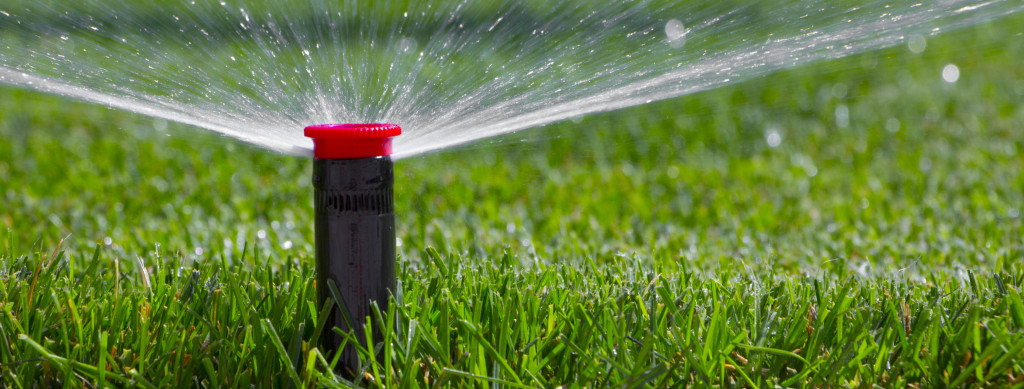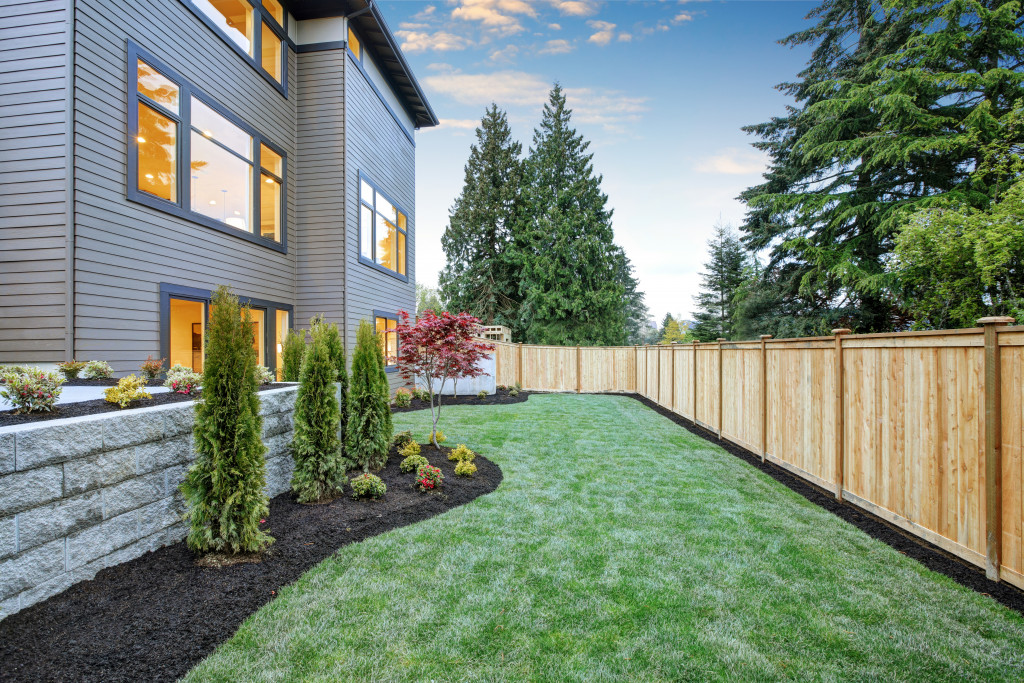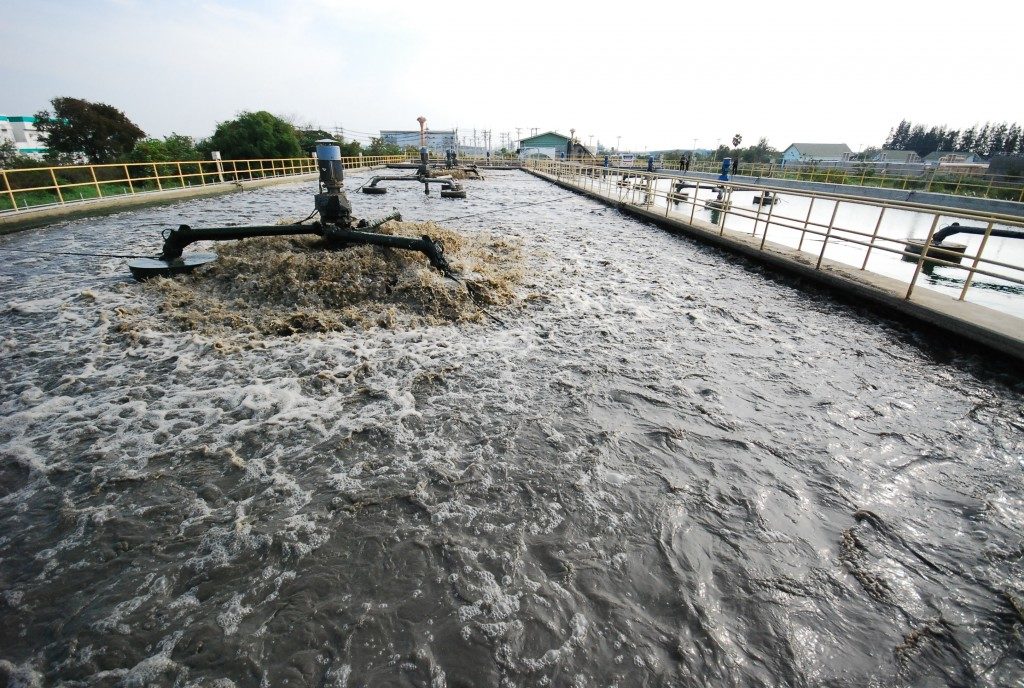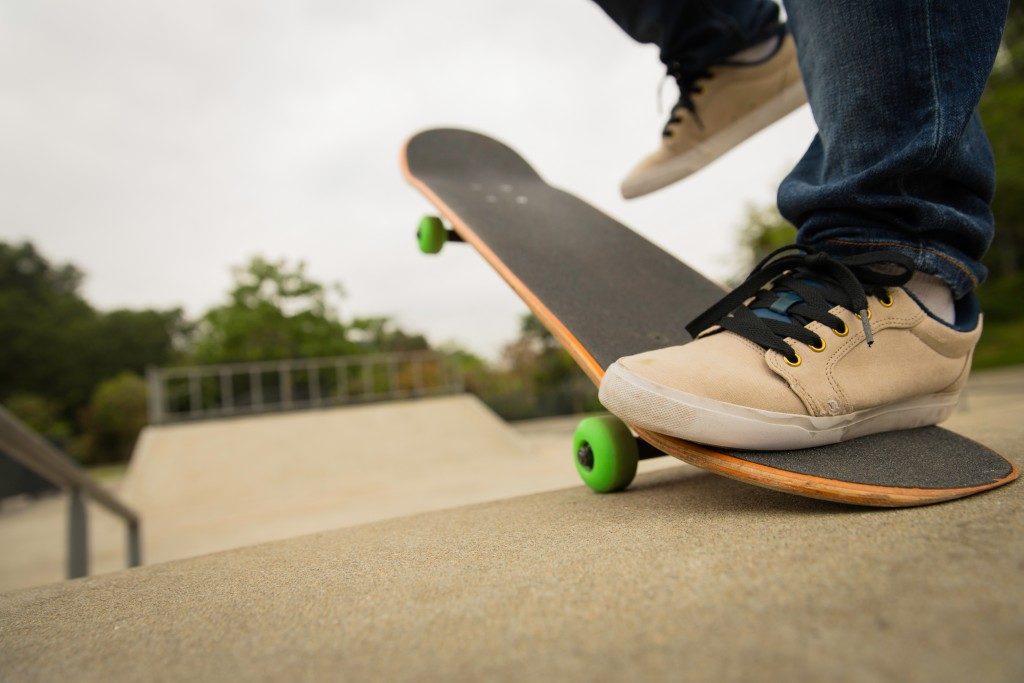Everything you do either helps or hurts the planet. This is why the United States Environmental Protect Agency presents different ways to observe greener living. The agency encourages people to live sustainably, choose greener products, throw away less, and support cleaner energy choices.
These aren’t the only ways you can contribute to a healthier environment. Your contribution to a greener planet starts with your yard. And we’re not just talking about mosquito control to keep your yard pest-free.
While it’s important to make sure pests aren’t disrupting your property’s mini-ecosystem, you also have to think about the other factors that contribute to a healthy yard. Take note of the various things you can do to make your yard greener and more environmentally friendly.
Be aware of nutrient pollution.
Nutrient pollution is a costly environmental problem. It occurs when there’s too much nitrogen and phosphorous in the environment, resulting in air and water pollution. It has serious environmental impacts on streams, rivers, and lakes. It could alter plant growth. It could also affect humans’ ability to breathe.
You can minimize nutrient pollution in your yard by using fertilizer responsibly, watering your garden in moderation, and landscaping with native plants.
These lawn care tips help you minimize nutrient pollution:
- Only apply fertilizer when it’s necessary.
- Follow the recommended amount for fertilizer.
- Avoid applying fertilizer on windy or rainy days.
- Avoid applying fertilizer near your waterways.
- Water your lawn in moderation. Use a soaker hose.
- Maintain your outdoor equipment to minimize nitrogen oxide emissions.
Consider these garden care tips, too:
- Plant native plants, shrubs, and trees that don’t need much fertilizer.
- Collect rainwater that you can use to water the plants or wash your car.
- Consider pervious pavers so that the water can easily soak into the ground.
- Use grass clippings, fallen leaves, and other yard waste tor mulch or compost.
- Alternatively, prepare grass clippings and leaves for community composting.
- Install a green roof on your home. It helps with purifying the air.
These are seemingly simple things you can do to keep your yard clean. But they’re a huge help in minimizing nutrient pollution in your environment.
Aerate and water your lawn in moderation.

Your lawn typically experiences the highest foot traffic, especially if you have children or pets. Over time, the soil underneath your grass could get compacted. Your lawn mowing routine could also contribute to soil compaction. As a result, compacted soil leads to issues with air circulation and nutrient absorption.
Make sure the air is circulating properly and the soil is absorbing sufficient nutrients by aerating your lawn. It could be as simple as punching 3-inch holes throughout the lawn so the soil loosens up and the grass has more room to grow in. Make time for lawn aeration at least once a year.
On a related note, you should pay attention to how you water your lawn.
Turning on your sprinkler for a few minutes every other day won’t guarantee a healthy lawn. In fact, it could drown your grass or prevent deeper roots from getting properly hydrated.
To make sure your lawn remains healthy, water your grass with at least one inch of water every week, depending on how warm the outdoor temperature is. You can measure an inch deep of water by turning on your sprinklers and leaving shallow containers around your lawn. You’ll know you’ve watered the lawn sufficiently when the containers are filled with at least one inch of water.
It’s typically enough to water your lawn once a week. But if you want to test it out, use a trowel or a screwdriver to test soil moisture. Dig into the soil with it. If the first three inches of soil feel dry to the touch, it’s time to water the lawn again.
Pay attention to your grass.
Paying attention to the grass involves more than mowing the lawn regularly. You also have to reduce thatch. It’s basically dead grass and roots that accumulate on the soil surface and prevents air, water, and nutrients from reaching the healthy grass underneath.
On a related note, you can recycle the healthy grass clippings after you mow. Use them as a natural mulch to improve soil texture, help your lawn and garden grow, encourage the use of natural fertilizer, and minimize the backyard waste that ends up in the landfill.
These are just small steps in keeping your yard green and healthy. But they go a long way in making sure your environment remains healthy in the long run.





